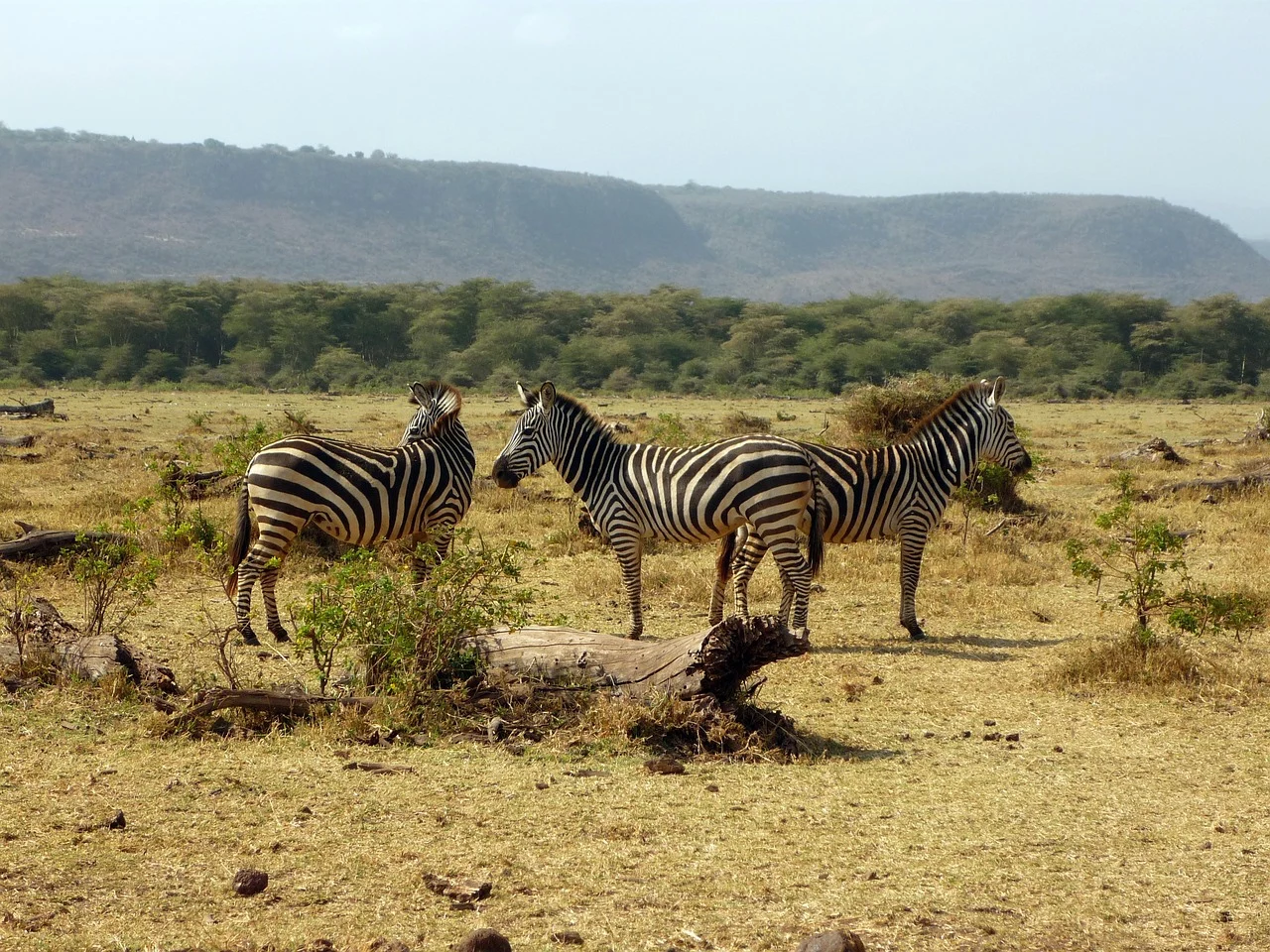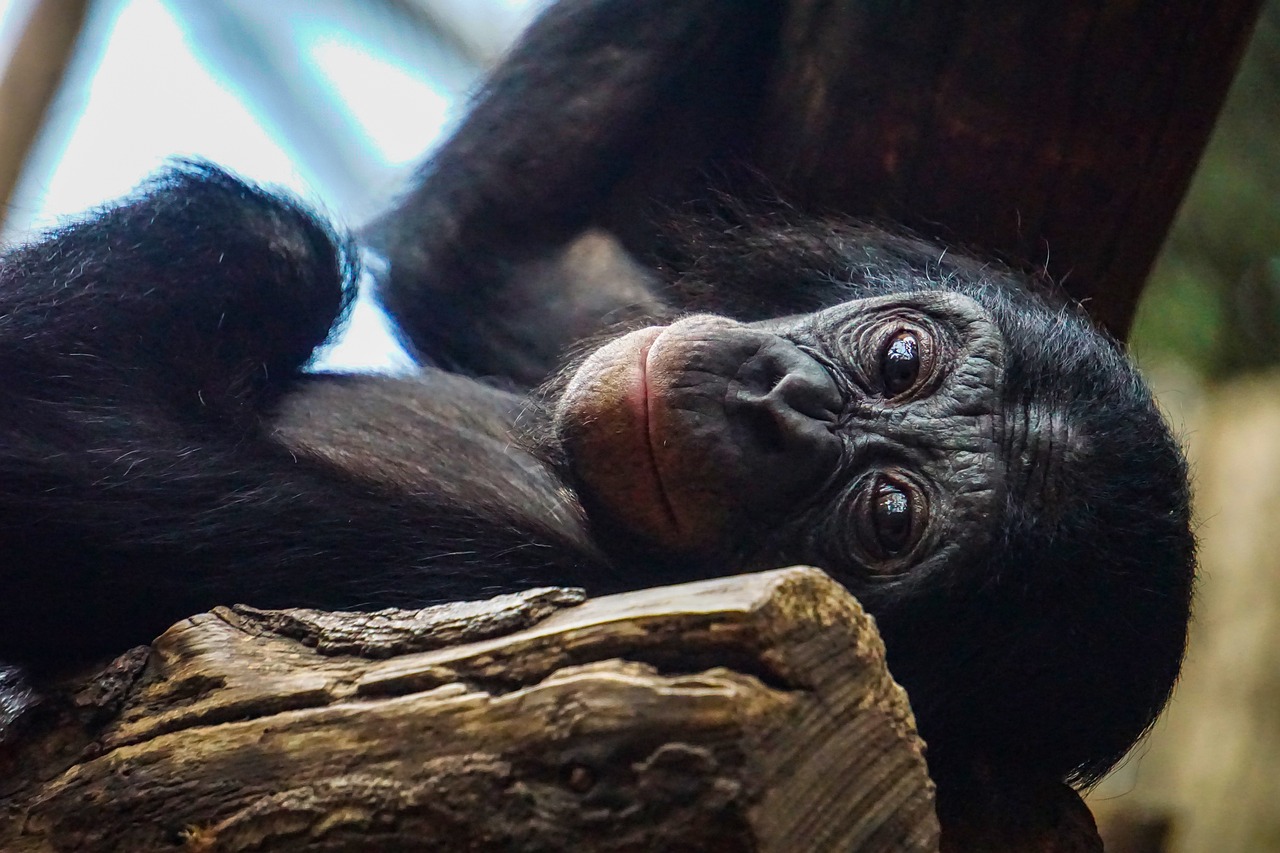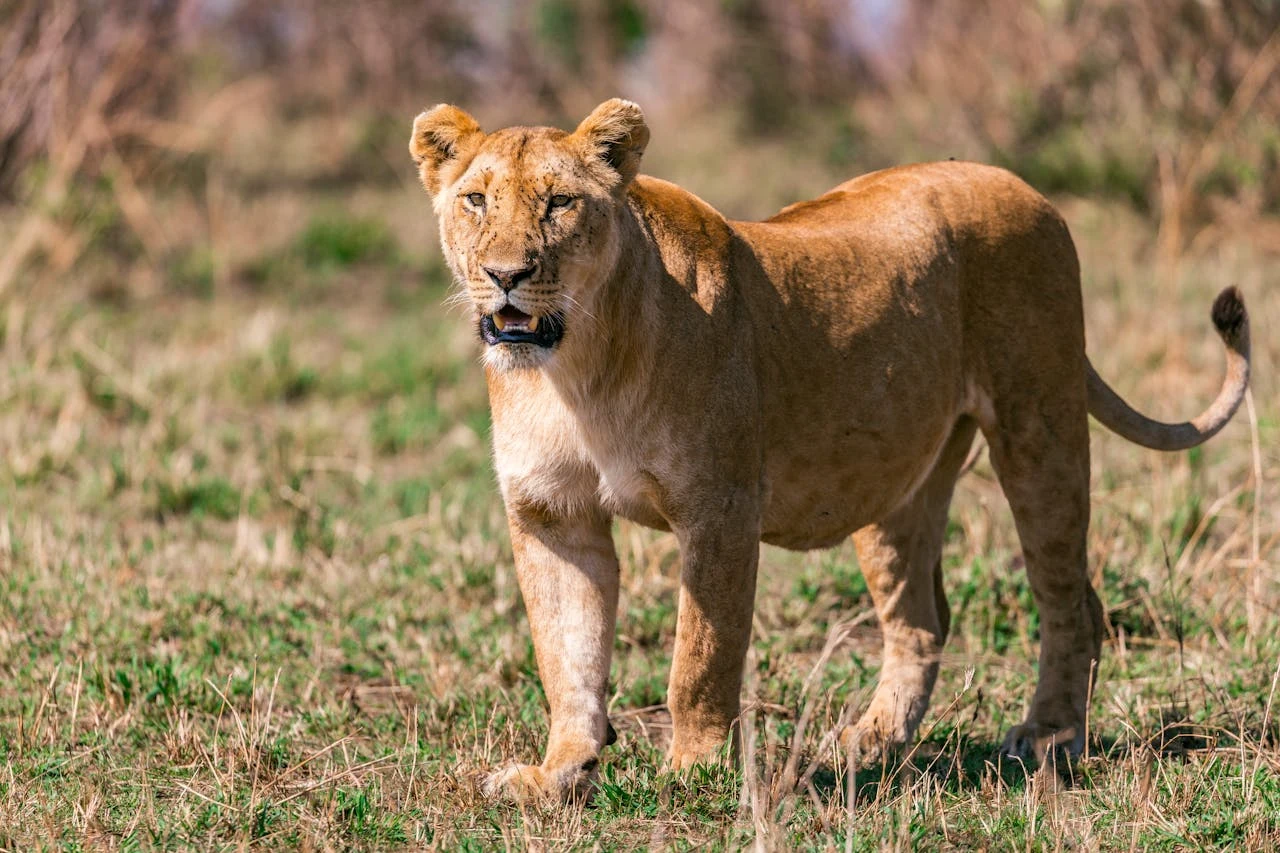The Tanzania National Parks Authority now oversees its management (TANAPA). Along with the annual adventurous climbing expeditions, Mount Kilimanjaro National Park also makes for a fantastic area to see wildlife and is home to a variety of creatures. The Cape Buffalo is one of several animal species that may be found in Kilimanjaro National Park, which is home to a variety of habitats, including grasslands, moorland, and montane forests.
Pros and Cons of Kilimanjaro National Parks
- There is no requirement of any prior mountaineering skill to climb to the summit.
- The mountain opens up seven great routes to climb, so you have good options to choose from.
- This iconic mountain will introduce the trekkers to five distinct climate zones, which is a unique feeling.
- The availability of porters makes the hike easier, as they carry most of your baggage to the top.
- The mountain gives a panoramic view as well as letting wildlife lovers meet some animals on the way.
- The wet season makes climbing quite challenging.
The mountain has changing climate zones, so you need to pack a lot of stuff, including proper gear and clothes.
Wildlife in Kilimanjaro National Park
Kilimanjaro has plenty of exciting wildlife, especially as it has five different ecological bands, so it offers a few different environments for different types of animals. In the lower region, there are elephants, leopards, giraffes, buffaloes, hyenas, and various antelopes. But this isn’t the area where Kilimanjaro climbers walk, so we caution you not to expect to see such a game on your trek.
The ecological zone that’s the most exciting for animal spotting is the rainforest band. Here, the biggest highlight is the monkeys, particularly the unusual black-and-white colobus (see picture below). Also, look out for dainty duikers and klipspringers. And keep your eyes peeled for the three-horned chameleon (or Jackson’s chameleon). The birdlife in the rainforest is spectacular, and you can hope to see beauties and rarities like Hartlaub’s turacos, silvery-cheeked hornbills, African pittas, malachite sunbirds, and African pygmy kingfishers.
The best time to climb Mount Kilimanjaro
The best time to climb Mount Kilimanjaro is from June to March. These months offer optimal weather conditions, including clear skies, minimal rain, and abundant sunshine, enhancing the Mount Kilimanjaro climbing experience. But do remember that these weather patterns can shift unexpectedly, regardless of the season. Technically, Kilimanjaro is accessible year-round. There are different Kilimanjaro routes that can be used in the rainy season that make it more accessible and provide favorable conditions for the climb. Therefore, our trek experts at African Scenic Safaris recommend hiking all year round. Try and avoid the primary rainy seasons; April and May are wise due to potentially hazardous trail conditions.


